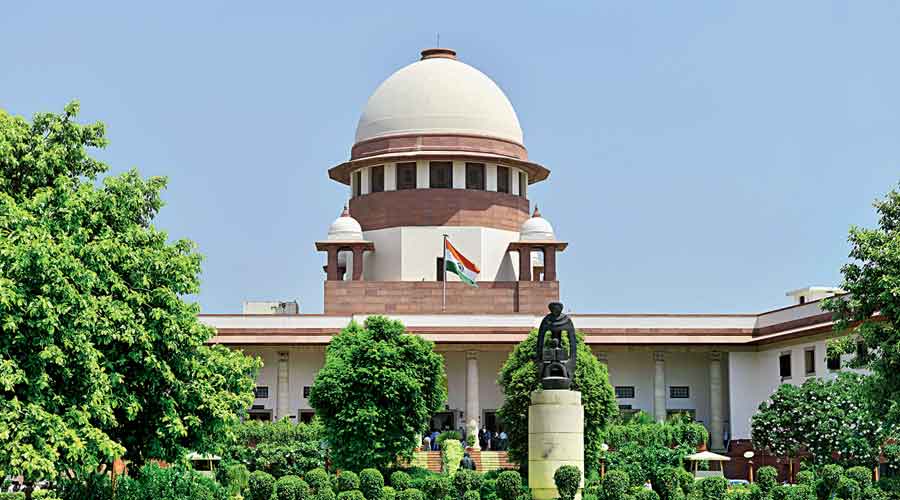The repeated efforts to make conversion look wrong comprise a kind of publicity intended to demonstrate that there is no choice but one religion

The Editorial Board | TT | 14.04.21 : It is deeply heartening when the Supreme Court speaks firmly in support of Constitutional rights. While dismissing a public interest litigation against superstition, black magic and religious conversion by threats, deception and gifts, the Supreme Court reportedly said it did not understand why a person over 18 should not be free to choose his religion; the word “propagate” in the Constitution with regard to religion was there for a reason. What was most reassuring about the Supreme Court’s ruling was its reportedly critical approach to the petition, which the three-judge bench found “very harmful”. The contents of the petition presented by Ashwini Upadhyay of the Bharatiya Janata Party laid bare his party’s agenda: this is not the first attempt to target minority faiths by implying that they practise deceit to get people to convert. The hullabaloo around love jihad springs from this as well, and the fact that Uttar Pradesh now has a law against it although Parliament can offer no proof of its existence indicates the Hindutva forces’ determination. The petition said that members of the scheduled castes and scheduled tribes are particularly vulnerable to conversions by the ‘carrot-and-stick’ method or black magic. Apart from violating certain Constitutional freedoms — ironically, freedom of religion was mentioned too — the practice also goes against the secular spirit, according to the petition. The inversion of logic is typical, but the Supreme Court reportedly delivered a sharp rebuke to Mr Upadhyay’s lawyer because the writ petition was based on Article 32, providing the freedom to approach the Supreme Court against the violation of fundamental rights. While withdrawing the petition — the court mentioned the “heavy cost” it would impose — the lawyer requested permission to make a representation to the government and the Law Commission on the issue. The Supreme Court refused. It tellingly termed the petition a “publicity interest litigation”. There can be little doubt that conversion is the focus of an agenda to erase religious freedoms and destroy ideals of tolerance. The petition raised the feasibility of a committee to implement a Central law against religious conversion with a penalty of imprisonment from three to 10 years. The repeated efforts to make conversion look wrong — ghar wapsi was one form — comprise a kind of publicity intended to demonstrate that there is no choice but one religion.





0 Response to " Right over all: Freedom to choose religion- The repeated efforts to make conversion look wrong comprise a kind of publicity "
Post a Comment
Disclaimer Note:
The views expressed in the articles published here are solely those of the author and do not necessarily reflect the official policy, position, or perspective of Kalimpong News or KalimNews. Kalimpong News and KalimNews disclaim all liability for the published or posted articles, news, and information and assume no responsibility for the accuracy or validity of the content.
Kalimpong News is a non-profit online news platform managed by KalimNews and operated under the Kalimpong Press Club.
Comment Policy:
We encourage respectful and constructive discussions. Please ensure decency while commenting and register with your email ID to participate.
Note: only a member of this blog may post a comment.